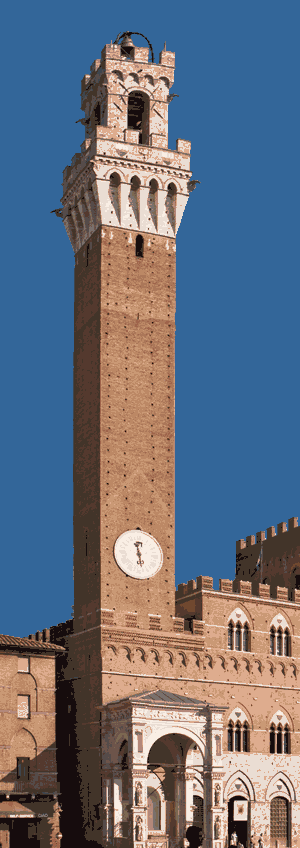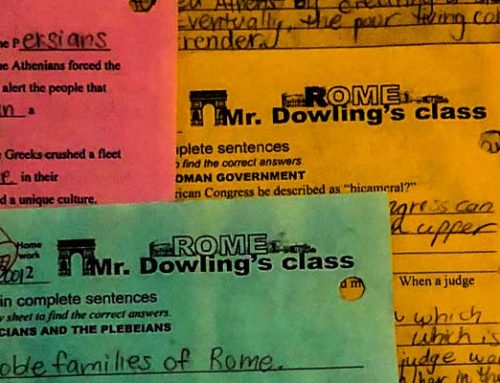During the Middle Ages, the Holy Roman Empire controlled most of the Italian peninsula. As the emperors and popes fought for control, both were weakened. Several Italian cities formed states independent of the empire and the church. Venice and Florence were two centers of power and wealth that became the cradle of the Renaissance.
Venice was founded in the fifth century by people fleeing Attila the Hun. They settled on a group of islands on the northeastern edge of the Italian peninsula. The primary industry in Venice was shipbuilding. During the Crusades, Venetian ships transported soldiers to the eastern shore of the Mediterranean Sea, which Christians called the Holy Land. By the 13th century, Venice was the most prosperous city in Europe. The city became wealthy by collecting taxes on all merchandise brought into its harbor. Venice built massive warships to protect the valuable cargo on its merchant ships from pirate raids. With the vast wealth from trade, many of Venice’s leading families vied for prestige by building palaces or supporting the work of talented artists.
Florence, the “city of flowers,” prospered because of the wool industry. Sheep were raised in the rocky hill country of central Italy, and businesses in nearby Florence processed the fleece into textiles. processing. As in Venice, merchants were eager to demonstrate their great prosperity.
The merchants competed with one another by building grand palaces for themselves. The merchants were patrons of the arts. Patron comes from the Latin word for father. They hired artists to fill their homes with beautiful paintings and sculptures. Patrons bought rare books and paid scholars to teach their children. The money and encouragement of patrons and that of the church made the masterpieces of Renaissance art possible.

Torre_del_mangia
The Torre del Mangia of the Tuscany region of Italy was constructed during the fourteenth century. The tower built to the exact height as the Siena Cathedral as a sign that church and state had equal influence over the region.
Resources
Download this lesson as Microsoft Word file or as an Adobe Acrobat file.
Mr. Donn has an excellent website that includes a section on the Renaissance.

Florence_Italy
Present day Florence is the capital city and most populated city of the Italian region of Tuscany. More than 1.5 million people live in the Florence metropolitan area.




